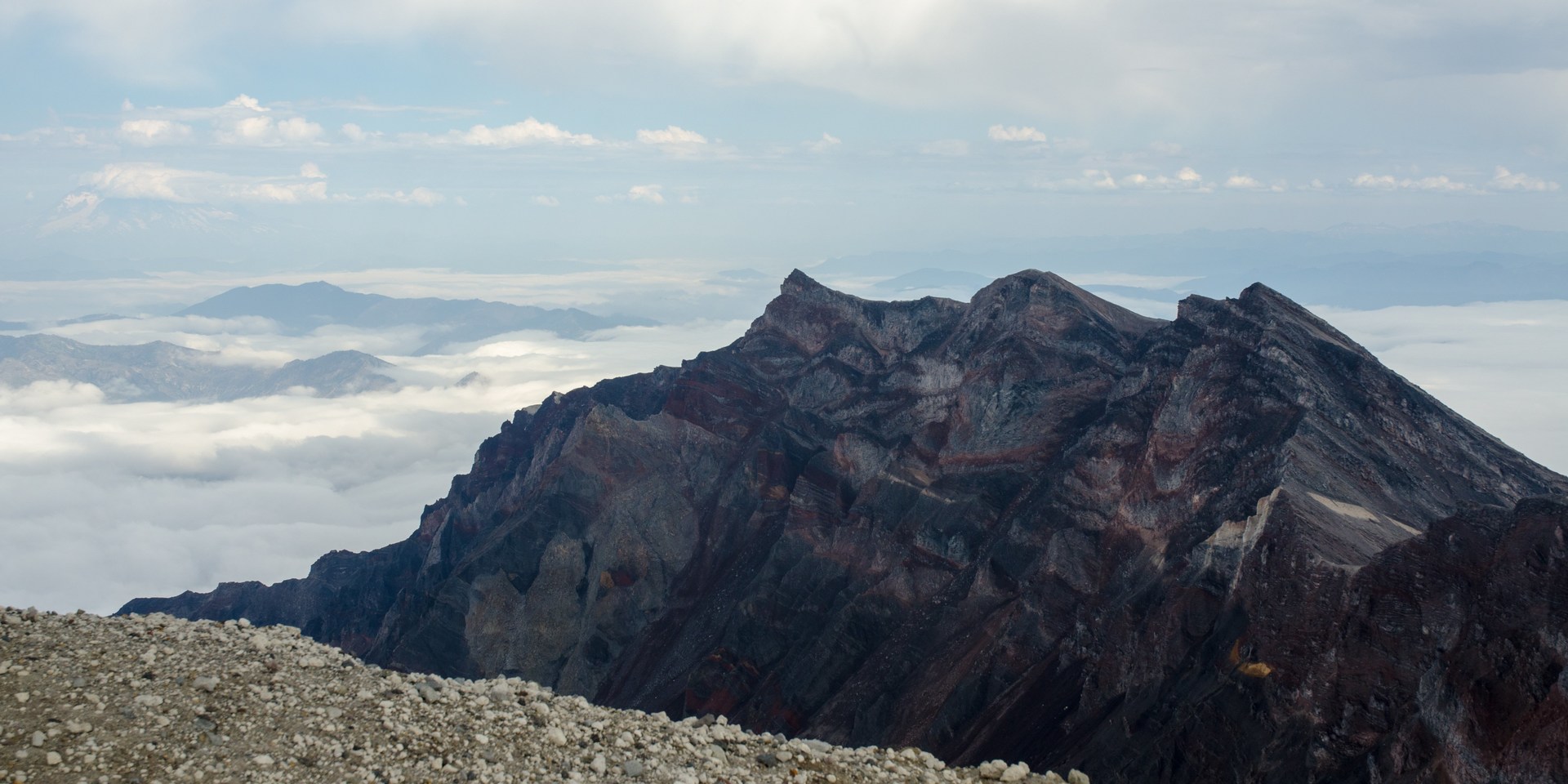Mount St. Helens is an excellent introduction to Cascade mountaineering. After a long, strenuous climb, you are rewarded with stunning views of the Cascades. On clear days you can see Mount Rainer and Goat Rocks to the north; Mount Hood to the south, and Mount Adams to the east. In addition to these views, you have the opportunity to gaze down into the crater of an active volcano!
Mount St. Helens is snow covered most of the year, when proper equipment such as a fall arrest device and crampons are advised. Most of the snow has melted away by the late summer months, however, when it is possible to climb this route without the extra equipment. Note that the route is full of loose rock and volcanic soil that can make footing tricky, especially on the decent.
The Worm Flows climbing route is the designated the winter route. This route is longer than the more popular Monitor Ridge Climbing Route summer route because it starts lower on the mountain, which means you'll have little to no crowds along the way. The route is well marked until past the tree line. Look for wooden poles on the lava rock ridges to guide you up to the USGS seismic station. From there, follow the ridge upward as you look for a worn trail, as there are no markers. The ridge will take you to the intersection of the Monitor Ridge Climbing route and up to the summit. Remember this intersection, as it will be important to find on your way down; if you are using a GPS, mark this intersection with a waypoint.
The round-trip climb can take 7 to 12 hours to complete. A fun alternative is to split the climb into two days and make a base camp below the tree line.
Climbing between April 1 and October 31 requires a climbing permit from the Mount St. Helens Institute, and permits must be purchased online in advance at Mount St. Helens Institute. Since weather can change quickly, it's advisable to bring a map, a compass, and/or a GPS.



























Comments
Sign In and share them.